In a lot of ways, romance is a toss of the dice. There’s a long checklist of items you want to be compatible on before making a relationship permanent and tying the knot, but you’ll cross the threshold for the initial spark long before that. The only way to know if the person you’re attracted to is legitimate marriage material is by going on dates and spending time together, and sometimes the potential we see early on doesn’t pan out, which is why so few people end up married to their junior high school sweetheart.
Of course, sometimes luck is on your side when you roll the bones, and for some people their first love is also their true one. A recent survey revealed just how often this happens in Japan, as well as a few other statistics about Japanese chances for love.
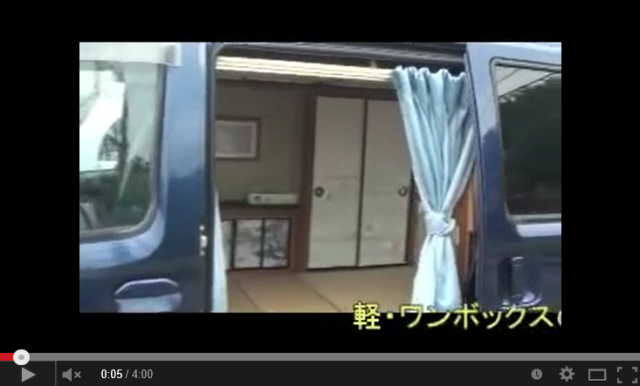
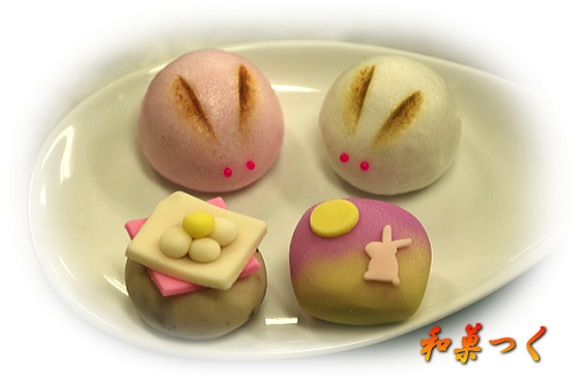
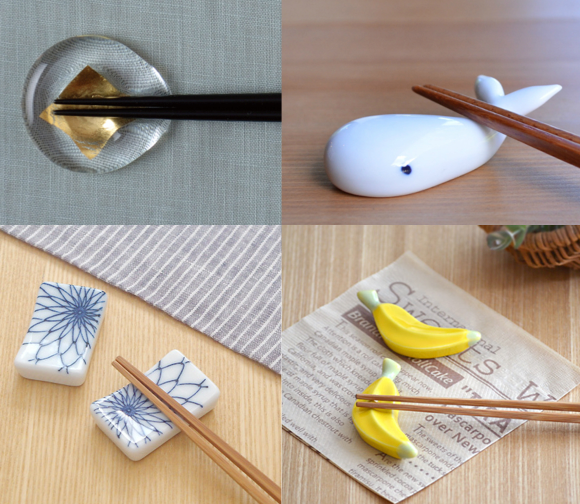
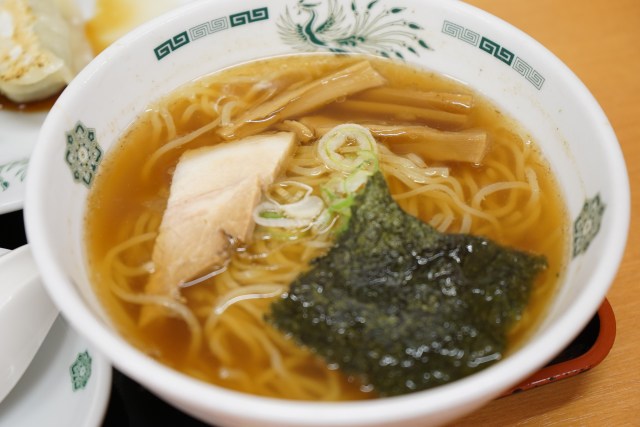

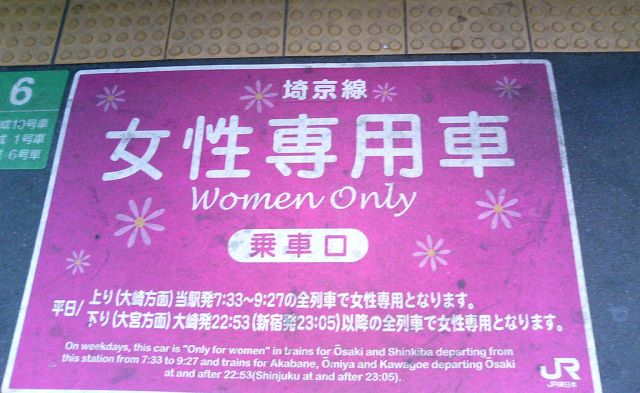
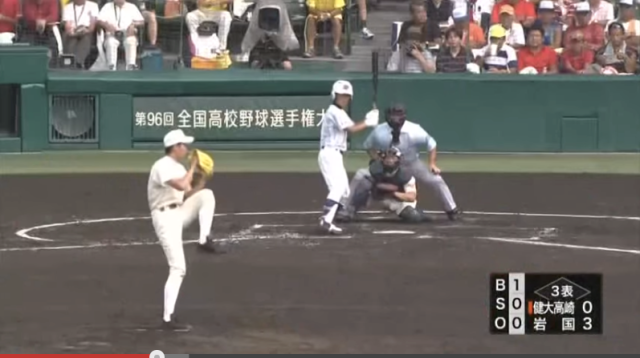


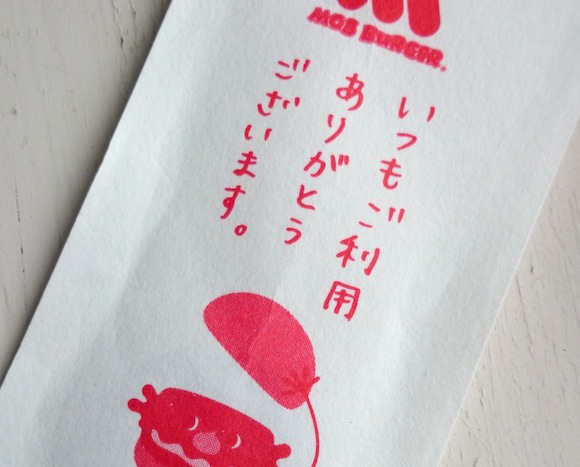

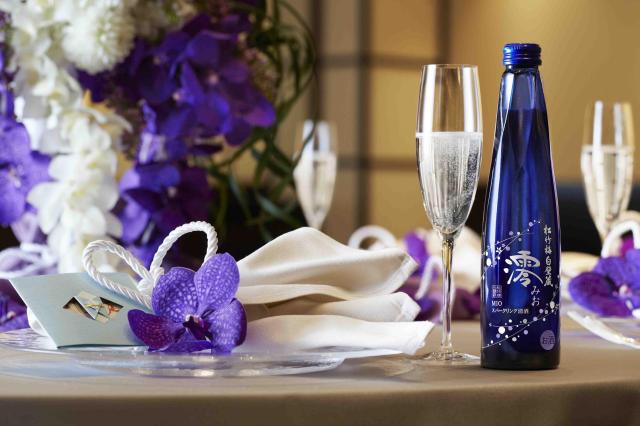


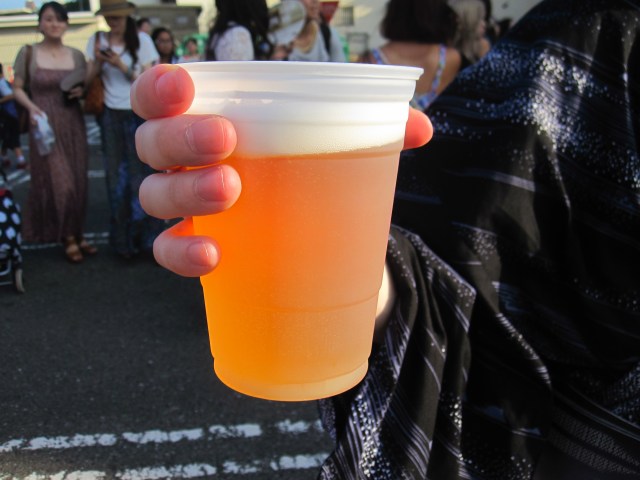
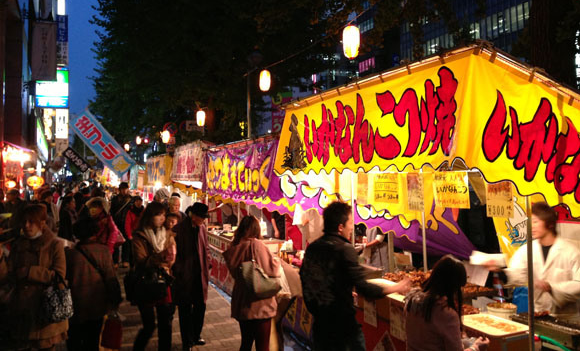
 Fighting mild hunger with a Japanese soda that turns into jelly in the stomach【Taste test】
Fighting mild hunger with a Japanese soda that turns into jelly in the stomach【Taste test】 Sesame Street characters turn into awesome shaved ice desserts at Tokyo Sesame Street cafe【Pics】
Sesame Street characters turn into awesome shaved ice desserts at Tokyo Sesame Street cafe【Pics】 Is Starbucks Japan’s new Frappuccino better than the 7-Eleven smoothie?
Is Starbucks Japan’s new Frappuccino better than the 7-Eleven smoothie? Studio Ghibli re-releasing all past theatrical posters and program booklets
Studio Ghibli re-releasing all past theatrical posters and program booklets Kyoto luxury just off the beaten path at Maruyama Park’s Chourakukan【Photos】
Kyoto luxury just off the beaten path at Maruyama Park’s Chourakukan【Photos】 Studio Ghibli releases anime heroine cosplay dresses that are super comfy to wear
Studio Ghibli releases anime heroine cosplay dresses that are super comfy to wear McDonald’s adds a Mint Chocolate Oreo Frappe to its menu in Japan for a limited time
McDonald’s adds a Mint Chocolate Oreo Frappe to its menu in Japan for a limited time Secret unstaffed hot spring in Japan will make you feel like you’ve been spirited away
Secret unstaffed hot spring in Japan will make you feel like you’ve been spirited away Three dead bodies found near summit of Mt. Fuji
Three dead bodies found near summit of Mt. Fuji To combat declining birth rate, Japan to begin offering “Breeding Visas” to foreigners
To combat declining birth rate, Japan to begin offering “Breeding Visas” to foreigners Woman charged for driving suitcase without a license in Osaka
Woman charged for driving suitcase without a license in Osaka Studio Ghibli hair accessories keep your style tidy with help from Kiki, Moro, Calcifer, and more
Studio Ghibli hair accessories keep your style tidy with help from Kiki, Moro, Calcifer, and more Studio Ghibli releases new My Neighbour Totoro bags and pouches in Japan
Studio Ghibli releases new My Neighbour Totoro bags and pouches in Japan Tokyo Skytree to light up in Pokémon colors for summer-long art event!
Tokyo Skytree to light up in Pokémon colors for summer-long art event! Onsen hot spring with Mt Fuji views has one of the best rotenburo in Japan
Onsen hot spring with Mt Fuji views has one of the best rotenburo in Japan Life-size Gundam statue to appear in Osaka for first time ever
Life-size Gundam statue to appear in Osaka for first time ever New anime for legendary series Ranma 1/2 announced【Video】
New anime for legendary series Ranma 1/2 announced【Video】 You can be on this beautiful Japanese island in less than two hours from downtown Tokyo
You can be on this beautiful Japanese island in less than two hours from downtown Tokyo Taiwan’s most beautiful politician kicks groper in balls during visit to Japan
Taiwan’s most beautiful politician kicks groper in balls during visit to Japan Studio Ghibli releases new Totoro collection to keep us hydrated all summer long
Studio Ghibli releases new Totoro collection to keep us hydrated all summer long Foreign tourists to be charged four times more to enter Himeji Castle if local mayor gets his way
Foreign tourists to be charged four times more to enter Himeji Castle if local mayor gets his way Amazon Japan makes payment policy change that could be a problem for foreigners in Japan
Amazon Japan makes payment policy change that could be a problem for foreigners in Japan Mitsubishi develops robot that solves Rubik’s Cube-style puzzle in 0.305 seconds【Video】
Mitsubishi develops robot that solves Rubik’s Cube-style puzzle in 0.305 seconds【Video】 Family Mart stationery takes Japanese “stationary” to new levels
Family Mart stationery takes Japanese “stationary” to new levels McDonald’s new Happy Meals offer up cute and practical Sanrio lifestyle goods
McDonald’s new Happy Meals offer up cute and practical Sanrio lifestyle goods Sales of Japan’s most convenient train ticket/shopping payment cards suspended indefinitely
Sales of Japan’s most convenient train ticket/shopping payment cards suspended indefinitely Sold-out Studio Ghibli desktop humidifiers are back so Totoro can help you through the dry season
Sold-out Studio Ghibli desktop humidifiers are back so Totoro can help you through the dry season Japanese government to make first change to romanization spelling rules since the 1950s
Japanese government to make first change to romanization spelling rules since the 1950s Foreigner’s request for help in Tokyo makes us sad for the state of society
Foreigner’s request for help in Tokyo makes us sad for the state of society Ghibli founders Toshio Suzuki and Hayao Miyazaki contribute to Japanese whisky Totoro label design
Ghibli founders Toshio Suzuki and Hayao Miyazaki contribute to Japanese whisky Totoro label design Tokyo’s most famous Starbucks is closed
Tokyo’s most famous Starbucks is closed Doraemon found buried at sea as scene from 1993 anime becomes real life【Photos】
Doraemon found buried at sea as scene from 1993 anime becomes real life【Photos】 Princesses, fruits, and blacksmiths: Study reveals the 30 most unusual family names in Japan
Princesses, fruits, and blacksmiths: Study reveals the 30 most unusual family names in Japan Life-size vibrating Legend of Zelda Master Sword for sale from Nintendo【Photos】
Life-size vibrating Legend of Zelda Master Sword for sale from Nintendo【Photos】 Studio Ghibli releases anime heroine cosplay dresses that are super comfy to wear
Studio Ghibli releases anime heroine cosplay dresses that are super comfy to wear McDonald’s adds a Mint Chocolate Oreo Frappe to its menu in Japan for a limited time
McDonald’s adds a Mint Chocolate Oreo Frappe to its menu in Japan for a limited time Secret unstaffed hot spring in Japan will make you feel like you’ve been spirited away
Secret unstaffed hot spring in Japan will make you feel like you’ve been spirited away Three dead bodies found near summit of Mt. Fuji
Three dead bodies found near summit of Mt. Fuji To combat declining birth rate, Japan to begin offering “Breeding Visas” to foreigners
To combat declining birth rate, Japan to begin offering “Breeding Visas” to foreigners Japanese city gets its very own Starbucks Frappuccino for a limited time
Japanese city gets its very own Starbucks Frappuccino for a limited time Japan’s first-ever wanko soba conveyor belt restaurant opens in Tokyo
Japan’s first-ever wanko soba conveyor belt restaurant opens in Tokyo New Hello Kitty and friends summer kimono are perfect for Sanrio-loving parents, kids, and sisters
New Hello Kitty and friends summer kimono are perfect for Sanrio-loving parents, kids, and sisters No-bus Kyoto sightseeing! SoraNews24’s ultimate on-foot guide for Japan’s former capital【Part 4】
No-bus Kyoto sightseeing! SoraNews24’s ultimate on-foot guide for Japan’s former capital【Part 4】 Japanese gamer clears entire Puyo Puyo screen in a single 47 chain combo【Video】
Japanese gamer clears entire Puyo Puyo screen in a single 47 chain combo【Video】 Starbucks Japan unveils sakura cherry blossom drinkware range for 2021
Starbucks Japan unveils sakura cherry blossom drinkware range for 2021 Japan’s life-size moving Gundam is closing soon, and the last tickets are about to go on sale
Japan’s life-size moving Gundam is closing soon, and the last tickets are about to go on sale No-bus Kyoto sightseeing! SoraNews24’s ultimate on-foot guide for Japan’s former capital【Part 1】
No-bus Kyoto sightseeing! SoraNews24’s ultimate on-foot guide for Japan’s former capital【Part 1】